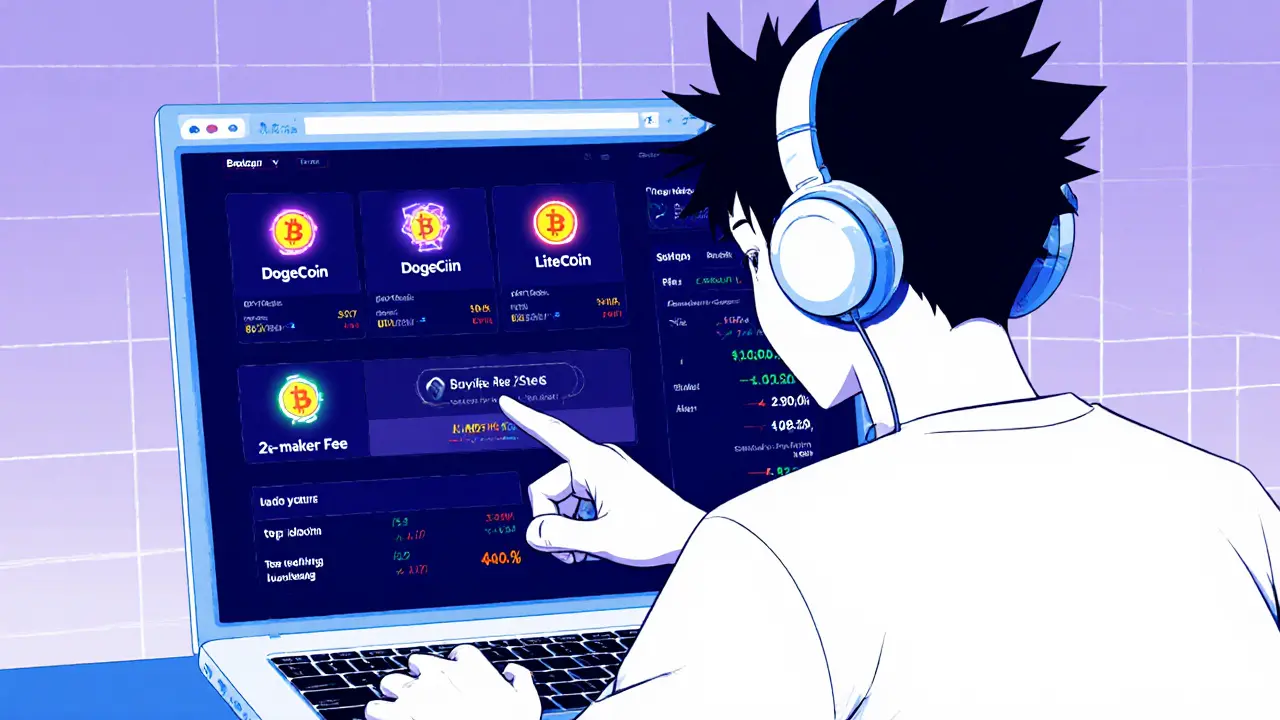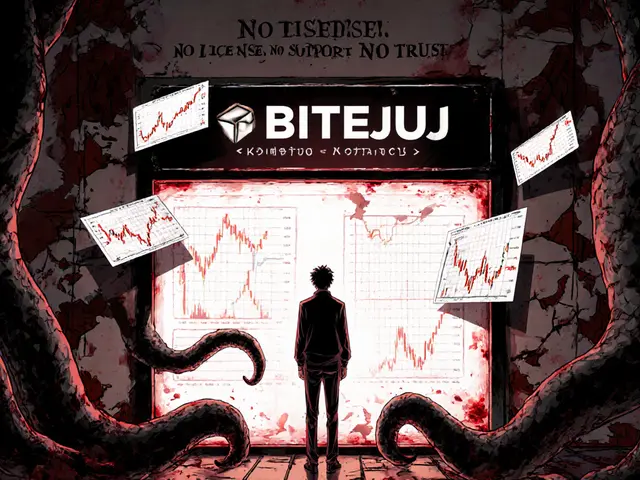Tux Exchange Shutdown – Understanding the Impact
When talking about Tux Exchange shutdown, the abrupt closure of the Tux crypto trading platform and the halt of all its services. Also known as Tux Exchange closure, it signals that users can no longer access markets, withdraw balances, or list new tokens on that venue. This event directly ties into crypto exchange, a digital marketplace that lets people trade cryptocurrencies and the broader regulatory action, government or supervisory measures that can force an exchange to cease operations. The shutdown also raises concerns about user fund safety, how securely a trader’s assets are held and whether they can be recovered after a platform disappears. In short, the Tux Exchange shutdown influences token delisting, market liquidity, and the trust users place in online trading services.
Key Considerations After an Exchange Closes
One of the first semantic connections to make is that Tux Exchange shutdown encompasses the loss of trading access for all active accounts. When a platform halts, every open order freezes, and the order book disappears, which means market depth vanishes instantly. This loss of depth often triggers a ripple effect: other exchanges may see a surge in demand as users scramble for alternatives, and price volatility can spike. A second triple shows that regulatory action triggers exchange shutdowns; many closures happen after a regulator issues a cease‑and‑desist order, flags AML violations, or demands a licensing review. Because of that, traders should keep an eye on local and international crypto supervision news—early warnings can give you time to move assets. Third, user fund safety requires proper withdrawal procedures before the platform locks wallets. Most exchanges hold a mix of hot and cold storage; if the shutdown is sudden, hot wallets may be frozen while cold reserves remain inaccessible. Knowing the exact withdrawal deadline, the fee structure, and the supported blockchain networks can dramatically reduce the risk of losing funds. Fourth, the crypto exchange environment relies on token listing policies that dictate which assets stay tradable after a shutdown. Tokens listed only on the closed venue become illiquid, forcing holders to seek peer‑to‑peer trades or wait for relisting on another platform. Finally, exchange delisting influences market perception; a token’s reputation can dip if it’s tied to a defunct exchange, affecting price and future partnership opportunities.
What you’ll find in the collection below is a practical mix of guides, reviews, and deep dives that help you navigate these challenges. From step‑by‑step airdrop claims that survive exchange turmoil, to mining pool choices that keep you earning when a market hub disappears, to detailed comparisons of DEX aggregators that can serve as backup venues—each article tackles a piece of the puzzle created by a shutdown. Use these resources to audit your holdings, understand the technical differences between blockchain data structures, and pick the right tools for secure trading. By the end, you should feel equipped to protect your assets, stay informed about regulatory signals, and shift smoothly to another reliable platform whenever a exchange like Tux goes dark.
A detailed review of Tux Exchange covering fees, supported assets, security, user experience, regulatory issues, and why the Canadian crypto exchange shut down.
Read More





